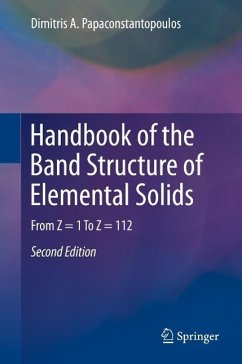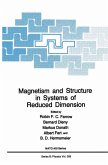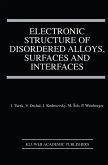In this new edition, results are given for the equation of state of the elements together with the parameters of a Birch fit, so that the reader can regenerate the results and derive additional information, such as Pressure-Volume relations and variation of Bulk Modulus with Pressure. For each element, in addition to the equation of state, the energy bands, densities of states, and a set of tight-binding parameters is provided.
For a majority of elements, the tight-binding parameters are presented for both a two- and three-center approximation. For the hcp structure, new three-center tight-binding results are given. Other new material in this edition include: energy bands and densities of states of all rare-earth metals, a discussion of the McMillan-Gaspari-Gyorffy theories, and a tabulation of the electron-ion interaction matrix elements. The evaluation of the Stoner criterion for ferromagnetism is examined and results are tabulated. This edition also contains two new appendices discussing the effects of spin-orbit interaction and a modified version of Harrison's tight-binding theory for metals which puts the theory on a quantitative basis.
Dieser Download kann aus rechtlichen Gründen nur mit Rechnungsadresse in A, B, BG, CY, CZ, D, DK, EW, E, FIN, F, GR, HR, H, IRL, I, LT, L, LR, M, NL, PL, P, R, S, SLO, SK ausgeliefert werden.









